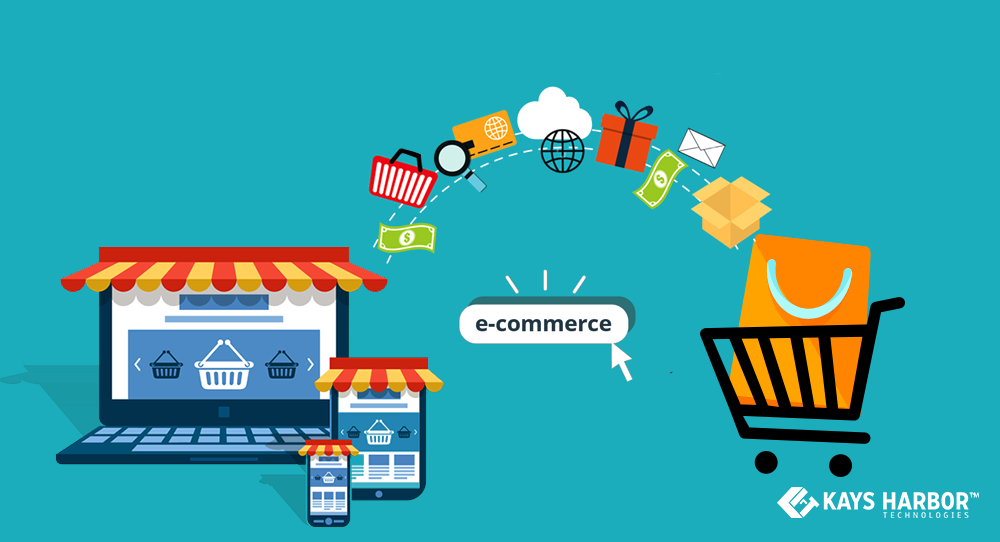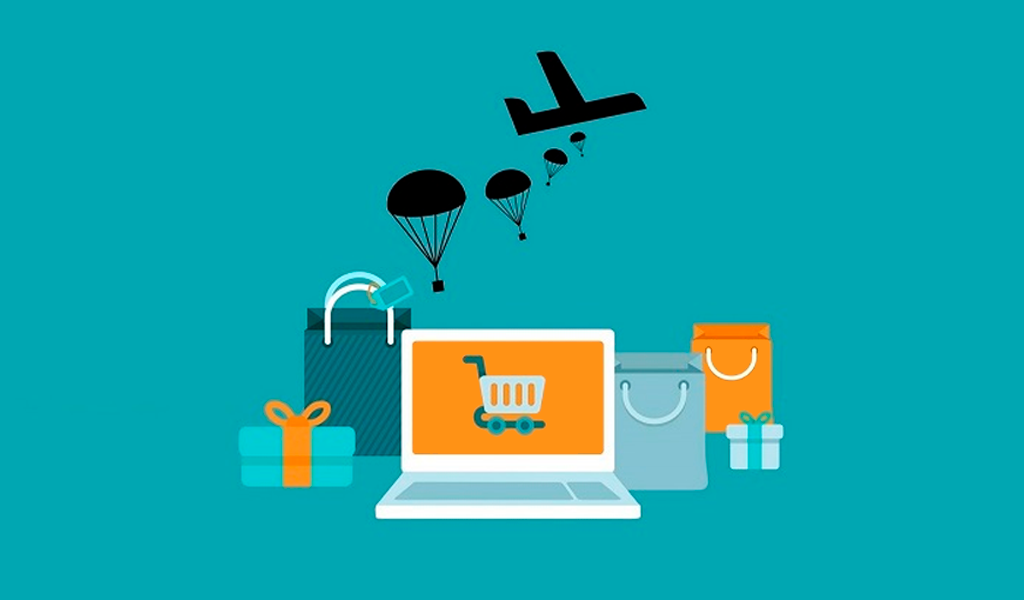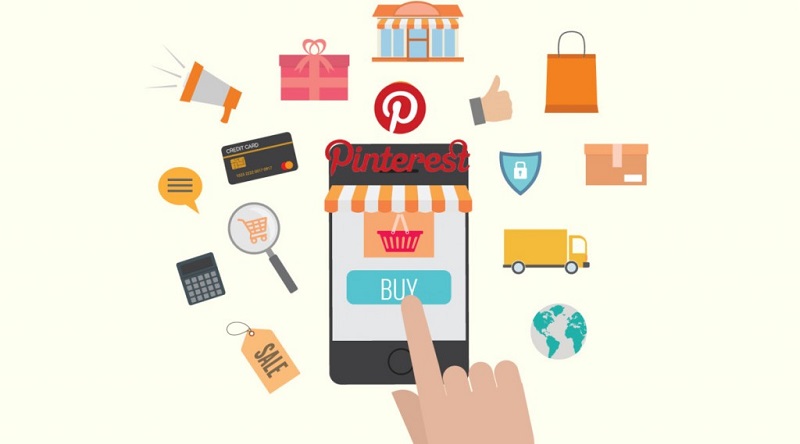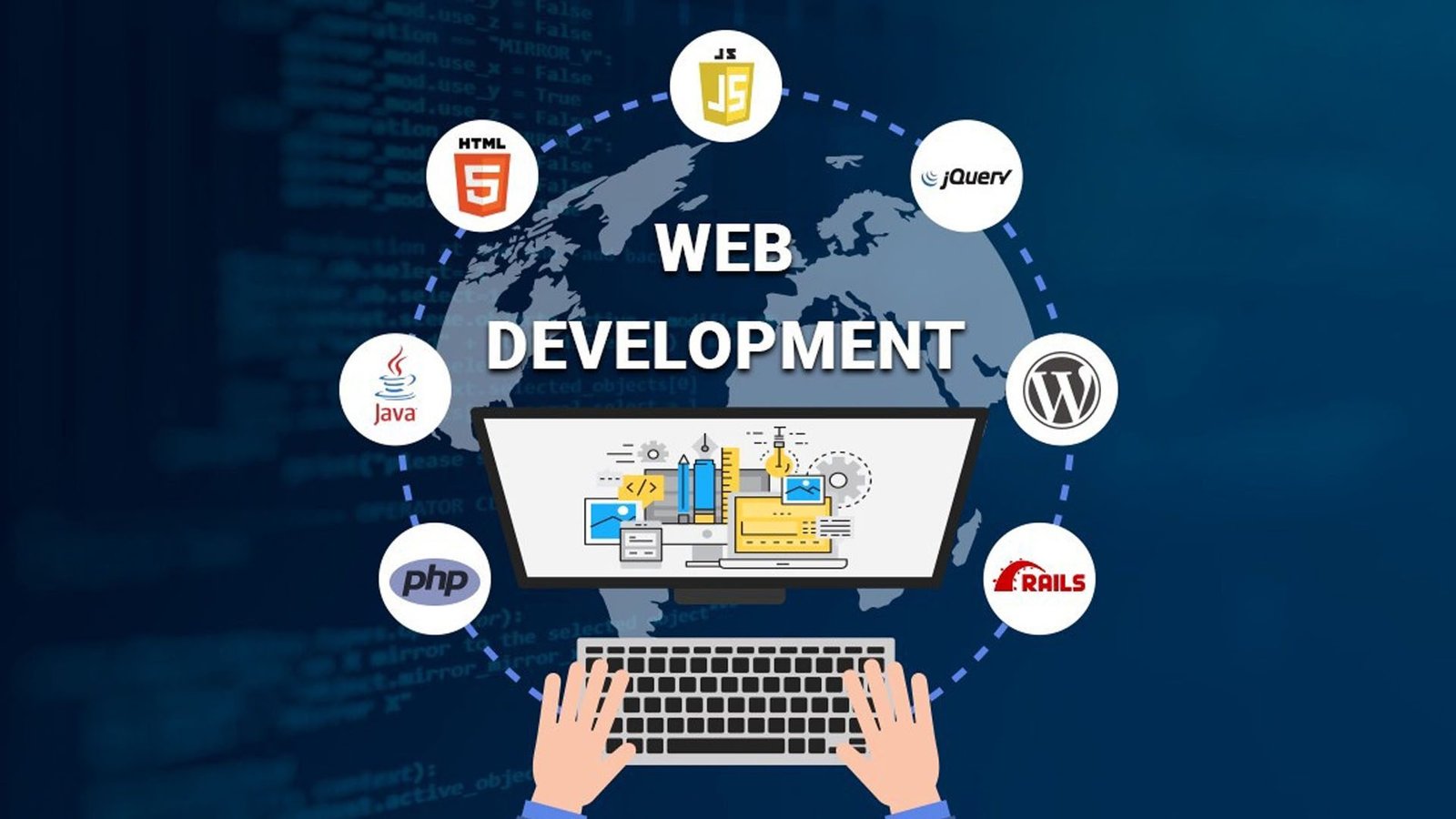E-commerce, also known as electronic commerce or online shopping, refers to the buying and selling of goods or services over the internet. In recent years, e-commerce has experienced rapid growth and has become a major part of the global economy. In this blog post, we will explore the history, current state, and future of e-commerce.
The history of e-commerce can be traced back to the early days of the internet. In the 1990s, companies such as Amazon and eBay began to emerge, offering customers the ability to purchase goods online. These early e-commerce companies paved the way for the development of more sophisticated online shopping platforms.
Today, e-commerce has become a major part of the global economy. According to statistics from the US Department of Commerce, e-commerce sales in the United States reached over $700 billion in 2018, representing over 10% of total retail sales. This trend is expected to continue, with e-commerce sales projected to reach $4.9 trillion by 2021.

The Rise of Mobile Ecommerce: Shopping on the Go
The rise of e-commerce has had a significant impact on the way that businesses operate. Traditional brick-and-mortar stores have been forced to adapt to the digital age by creating an online presence, while pure e-commerce companies have been able to reach a global audience with minimal overhead costs.
One of the key drivers of e-commerce growth has been the increasing use of mobile devices. With the rise of smartphones and tablets, customers are now able to shop online anytime, anywhere. This has led to the development of mobile-optimized e-commerce websites and apps, which make it easy for customers to browse and purchase products on the go.

The Future of Ecommerce: Virtual and Augmented Reality, Social Media, and AI
The future of e-commerce looks bright, with advancements in technology expected to drive even more growth. One trend to watch is the rise of virtual and augmented reality, which is expected to change the way that customers interact with online stores. By using VR and AR, customers will be able to experience products in a more immersive way, making it easier for them to make purchasing decisions.
Another trend to watch is the rise of social media e-commerce. Platforms like Instagram and Facebook are now allowing businesses to sell products directly through their profiles, making it easier for customers to purchase products without ever leaving the social media platform.
Artificial intelligence is also expected to play a big role in the future of e-commerce. AI-powered chatbots are already being used to provide customers with personalized recommendations and to assist with customer service, and this trend is expected to continue.
The Power of Online Marketplaces: Connecting Buyers and Sellers Globally
Online marketplaces such as Amazon, Alibaba, and Etsy have become incredibly popular among both buyers and sellers, offering a wide variety of products and services in one central location. These marketplaces have made it easier for small businesses to reach a global audience and for customers to find unique and niche products.

Subscription-based Ecommerce: A New Model of Recurring Revenue
The rise of subscription-based models, such as Birchbox and Dollar Shave Club. Subscription-based e-commerce has become an attractive option for businesses as it creates a steady stream of recurring revenue, and for customers as it offers convenience and the ability to discover new products on a regular basis.
Ecommerce And The Gig Economy: Digital Platforms Changing The Way We Work
E-commerce has also been a major driver of the “gig economy,” a trend where people use digital platforms to find freelance or short-term work. Platforms such as Uber, Airbnb, and TaskRabbit have allowed entrepreneurs and small businesses to easily connect with customers and offer their services online.
The Impact Of Ecommerce On Brick-And-Mortar Stores And Local Economies
However, with the rise of e-commerce, there are also some concerns. One of the biggest concerns is the impact of e-commerce on brick-and-mortar stores and local economies. Many small businesses have been forced to close their doors as customers shift to online shopping, and this trend is expected to continue.

Ensuring Data Security And Privacy In The World Of Ecommerce
Another concern is the security and privacy of customer data. As e-commerce transactions are conducted online, there is a higher risk of data breaches and hacking. Businesses must ensure that they are taking the necessary steps to protect customer data and comply with data privacy regulations.

Adapting To The Evolving Ecommerce Industry: Staying Ahead Of The Curve
In summary, e-commerce has become an integral part of modern life and has changed the way we shop and conduct business. It has created opportunities for small businesses and entrepreneurs to reach a global audience but also has brought certain challenges such as security and privacy issues.
E-commerce Thriving In The Future: Meeting The Needs Of Customers
The e-commerce industry continues to evolve, and businesses must stay ahead of the curve by embracing new technologies, experimenting with new business models, and providing exceptional customer service. As long as they can adapt to the changes and meet the needs of the customers, e-commerce will continue to thrive in the future.
In conclusion, e-commerce has come a long way since its early days, and it is now a major part of the global economy. As technology continues to advance, we can expect to see even more growth in the e-commerce industry, with new innovations like virtual and augmented reality, social media e-commerce, and artificial intelligence driving the future of online shopping.





